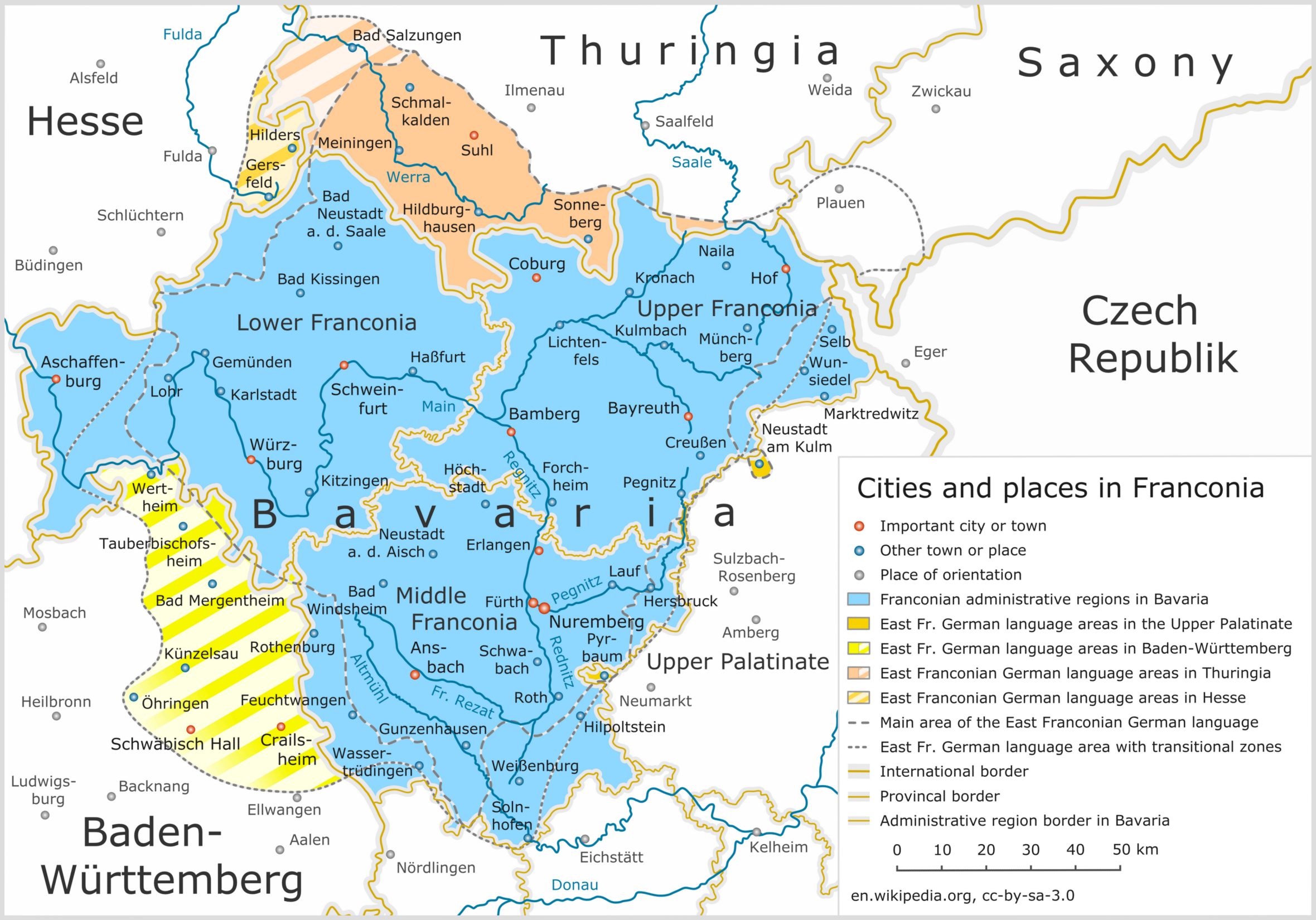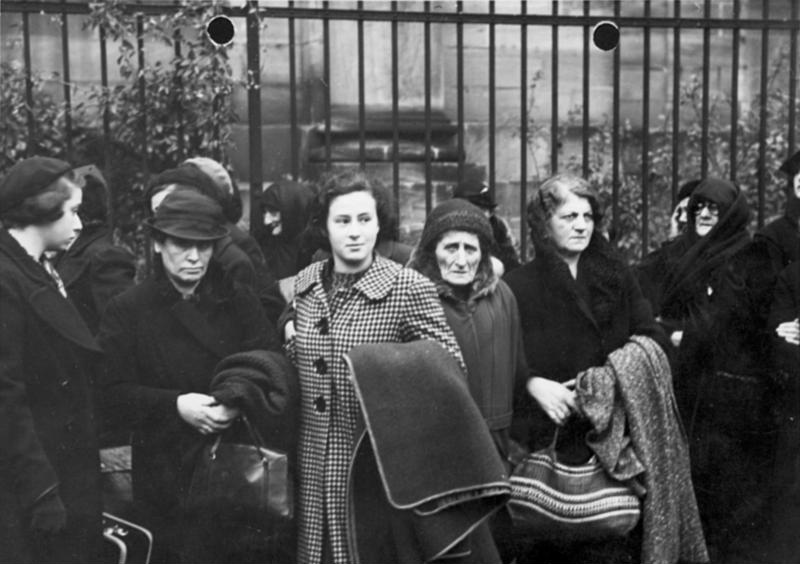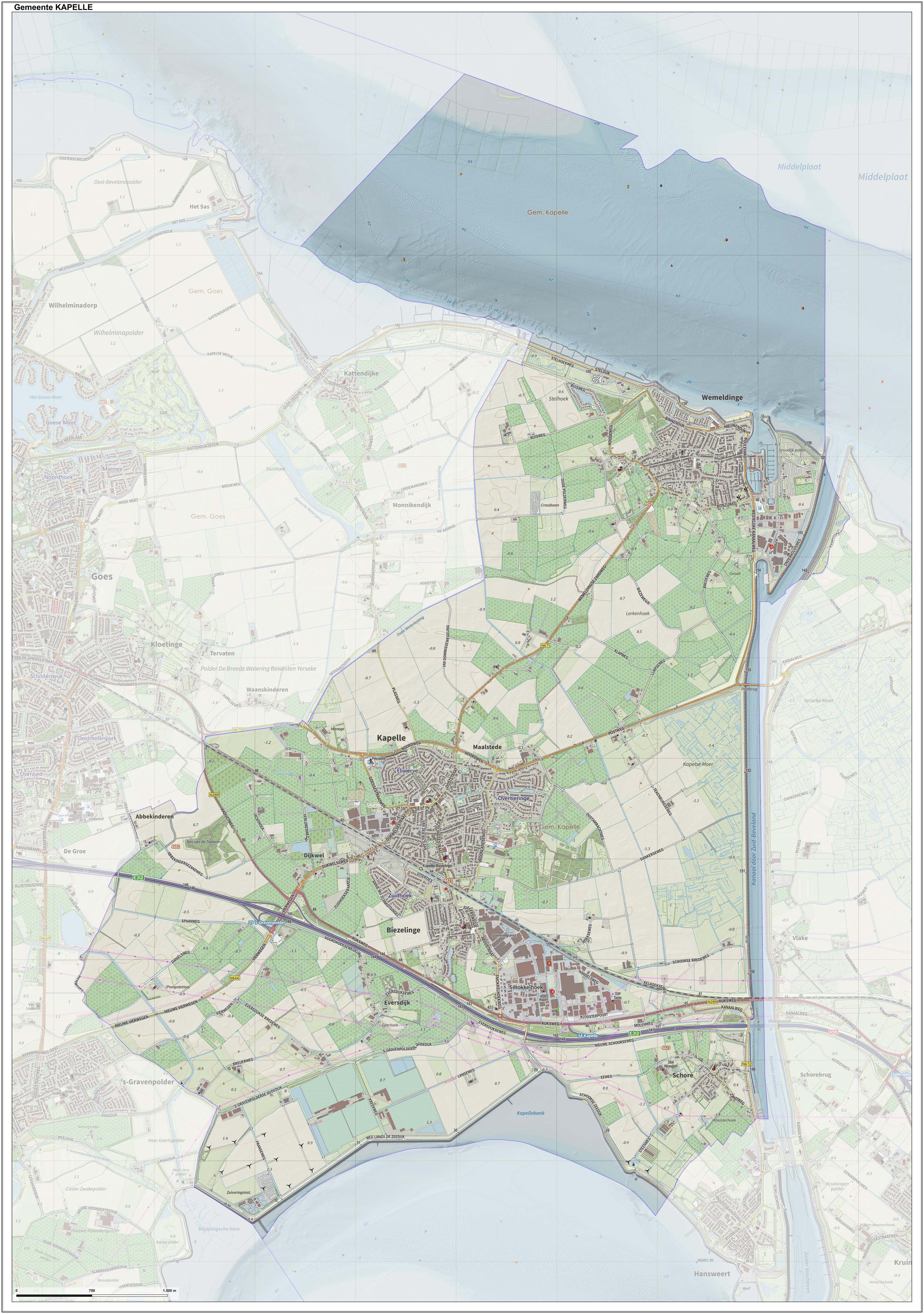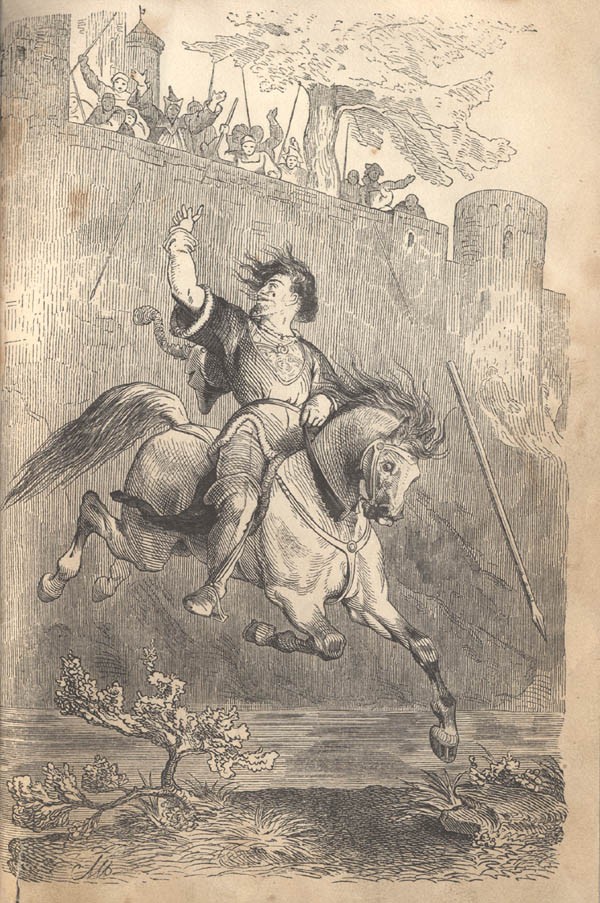|
Dörzbach
Dörzbach (East Franconian: ''Därzbach'') is a municipality in the Jagst river valley in the Hohenlohe district of Baden-Württemberg, in south central Germany. It is also the site of 3 historic castles, the Chapel of St. Wendel (in a limestone hillside), and a stone bridge built in 1808-1810 for King Frederick I of Württemberg. Records for the Dörzbach area date to 1230, but the modern incorporation was approved during 1972-74. Geography of Dörzbach Dörzbach is located in the Jagst river valley, at an elevation of , in southern Germany. Communities Dörzbach includes Dörzbach proper (1465 inhabitants, with the churches of Birkenhöfe and St. Wendel zum Stein) and from the unincorporated former municipalities, Hohebach (with the hamlets Eisenhutsrot, Heßlachshof and Wendischenhof, together 646 inhabitants), Laibach (183 people) and Meßbach (170 inhabitants). In the area of the community of Dörzbach, within the limits set 31 December 1971, are the deserted villages o ... [...More Info...] [...Related Items...] OR: [Wikipedia] [Google] [Baidu] |
Krautheim
Krautheim (East Franconian German, East Franconian: ''Graude'') is a town in the Hohenlohe (district), Hohenlohe district of Baden-Württemberg, in south central Germany. It is situated on the river Jagst, 12 km (8 mi) northwest of Künzelsau, and 16 km (10 mi) southwest of Bad Mergentheim. The town lies in the border area between the Baden and Württemberg regions. Records from the year 1096 mention the area as "Crutheim", but the modern incorporation was approved during 1972-73. Geography Geographical location Krautheim is located at the northernmost point of the Jagst river, at elevation , in southern Germany. The Jagst river, in this area, has dug into the limestone terrain of the Hoheloher Ebene. Characteristic of Krautheim is the view of the same castle visible from afar, which offers a 17 m high and up to 2.70 m thick shield wall (), as an impressive sight. The massive keep, castle keep, with its height of , gives a comprehensive view into the J ... [...More Info...] [...Related Items...] OR: [Wikipedia] [Google] [Baidu] |
Hohenlohe (district)
The Hohenlohe (german: Hohenlohekreis ) is a ''Landkreis'' (district) in the north of Baden-Württemberg, Germany. Neighboring districts are (from north clockwise) Neckar-Odenwald, Main-Tauber, Schwäbisch Hall and Heilbronn. Künzelsau is the administrative centre of the district. Industry and companies The Hohenlohekreis is host to many internationally active companies in the screws and ventilation industries. * Würth * Stahl History The district was created in 1973 by merging the previous districts of Öhringen and Künzelsau. It was named after the Hohenlohe family, who had once ruled most of the area until 1806, when they lost their independence as this area became part of the Kingdom of Württemberg. Geography The two main rivers of the districts are the Kocher and Jagst, both tributaries of the Neckar. The highest elevation in the district, at , is the Mühlberg, near Waldenburg. Partnerships Since 1990, the district has had a partnership with the County Limeric ... [...More Info...] [...Related Items...] OR: [Wikipedia] [Google] [Baidu] |
East Franconian German
East Franconian (german: Ostfränkisch) or Mainfränkisch, usually referred to as Franconian (') in German, is a dialect which is spoken in Franconia, the northern part of the federal state of Bavaria and other areas in Germany around Nuremberg, Bamberg, Coburg, Würzburg, Hof, Bayreuth, Meiningen, Bad Mergentheim, and Crailsheim. The major subgroups are ' (spoken in Lower Franconia and southern Thuringia), ' (spoken in Upper and Middle Franconia) and ' (spoken in some parts of Middle Franconia and Hohenlohe). In the transitional area between Rhine Franconian in the northwest and the Austro-Bavarian dialects in the southeast, East Franconian has elements of Central German and Upper German. The same goes only for South Franconian German in adjacent Baden-Württemberg. East Franconian is one of the German dialects with the highest number of speakers. The scope of East Franconian is disputed, because it overlaps with neighbouring dialects like Bavarian and Swabian in the sout ... [...More Info...] [...Related Items...] OR: [Wikipedia] [Google] [Baidu] |
Sturmabteilung
The (; SA; literally "Storm Detachment") was the original paramilitary wing of the Nazi Party. It played a significant role in Adolf Hitler's rise to power in the 1920s and 1930s. Its primary purposes were providing protection for Nazi rallies and assemblies, disrupting the meetings of opposing parties, fighting against the paramilitary units of the opposing parties, especially the ''Roter Frontkämpferbund'' of the Communist Party of Germany (KPD) and the '' Reichsbanner Schwarz-Rot-Gold'' of the Social Democratic Party of Germany (SPD), and intimidating Romani, trade unionists, and especially Jews. The SA were colloquially called Brownshirts () because of the colour of their uniform's shirts, similar to Benito Mussolini's blackshirts. The official uniform of the SA was the brown shirt with a brown tie. The color came about because a large shipment of Lettow- shirts, originally intended for the German colonial troops in Germany's former East Africa colony, was purcha ... [...More Info...] [...Related Items...] OR: [Wikipedia] [Google] [Baidu] |
November Pogrom
() or the Night of Broken Glass, also called the November pogrom(s) (german: Novemberpogrome, ), was a pogrom against Jews carried out by the Nazi Party's (SA) paramilitary and (SS) paramilitary forces along with some participation from the Hitler Youth and German civilians throughout Nazi Germany on 9–10 November 1938. The German authorities looked on without intervening.German Mobs' Vengeance on Jews", ''The Daily Telegraph'', 11 November 1938, cited in The name (literally 'Crystal Night') comes from the shards of broken glass that littered the streets after the windows of Jewish-owned stores, buildings and synagogues were smashed. The pretext for the attacks was the assassination of the German diplomat Ernst vom Rath by Herschel Grynszpan, a 17-year-old German-born Polish Jew living in Paris. Jewish homes, hospitals and schools were ransacked as attackers demolished buildings with sledgehammers. Rioters destroyed 267 synagogues throughout Germany, Austria and th ... [...More Info...] [...Related Items...] OR: [Wikipedia] [Google] [Baidu] |
Synagogue
A synagogue, ', 'house of assembly', or ', "house of prayer"; Yiddish: ''shul'', Ladino: or ' (from synagogue); or ', "community". sometimes referred to as shul, and interchangeably used with the word temple, is a Jewish house of worship. Synagogues have a place for prayer (the main sanctuary and sometimes smaller chapels), where Jews attend religious Services or special ceremonies (including Weddings, Bar Mitzvahs or Bat Mitzvahs, Confirmations, choir performances, or even children's plays), have rooms for study, social hall(s), administrative and charitable offices, classrooms for religious school and Hebrew school, sometimes Jewish preschools, and often have many places to sit and congregate; display commemorative, historic, or modern artwork throughout; and sometimes have items of some Jewish historical significance or history about the Synagogue itself, on display. Synagogues are consecrated spaces used for the purpose of Jewish prayer, study, assembly, and r ... [...More Info...] [...Related Items...] OR: [Wikipedia] [Google] [Baidu] |
Limestone
Limestone ( calcium carbonate ) is a type of carbonate sedimentary rock which is the main source of the material lime. It is composed mostly of the minerals calcite and aragonite, which are different crystal forms of . Limestone forms when these minerals precipitate out of water containing dissolved calcium. This can take place through both biological and nonbiological processes, though biological processes, such as the accumulation of corals and shells in the sea, have likely been more important for the last 540 million years. Limestone often contains fossils which provide scientists with information on ancient environments and on the evolution of life. About 20% to 25% of sedimentary rock is carbonate rock, and most of this is limestone. The remaining carbonate rock is mostly dolomite, a closely related rock, which contains a high percentage of the mineral dolomite, . ''Magnesian limestone'' is an obsolete and poorly-defined term used variously for dolomite, for limes ... [...More Info...] [...Related Items...] OR: [Wikipedia] [Google] [Baidu] |
Kapelle St Wendel Zum Stein 080406
Kapelle () is a municipality and a town in the southwestern Netherlands on Zuid-Beveland. As of January 2017, the municipality's population amounts to 12,620. Population centers Topography ''The municipality of Kapelle, June 2015'' Transport * Kapelle-Biezelinge railway station Famous people * Annie M.G. Schmidt (1911 in Kapelle – 1995) a Dutch writer, the mother of the Dutch theatrical song * Jan Elburg (born 1919 in Wemeldinge – 1992) a Dutch poet * Jan Peter Balkenende (born 1956 Biezelinge) a retired politician, Prime Minister of the Netherlands from 2002 to 2010 * Jan Kees de Jager (born 1969 in Kapelle) a retired Dutch politician, former Dutch finance minister Sport * François Marits (1884 in Kapelle – 1945) a Dutch sports shooter, competed at the 1924 Summer Olympics * Jo de Roo Johan De Roo (born 5 July 1937) is a Dutch former professional road racing cyclist between 1958 and 1968. During 11 seasons as a professional he had six victories in singl ... [...More Info...] [...Related Items...] OR: [Wikipedia] [Google] [Baidu] |
Swabia
Swabia ; german: Schwaben , colloquially ''Schwabenland'' or ''Ländle''; archaic English also Suabia or Svebia is a cultural, historic and linguistic region in southwestern Germany. The name is ultimately derived from the medieval Duchy of Swabia, one of the German stem duchies, representing the territory of Alemannia, whose inhabitants interchangeably were called '' Alemanni'' or '' Suebi''. This territory would include all of the Alemannic German area, but the modern concept of Swabia is more restricted, due to the collapse of the duchy of Swabia in the thirteenth century. Swabia as understood in modern ethnography roughly coincides with the Swabian Circle of the Holy Roman Empire as it stood during the Early Modern period, now divided between the states of Bavaria and Baden-Württemberg. Swabians (''Schwaben'', singular ''Schwabe'') are the natives of Swabia and speakers of Swabian German. Their number was estimated at close to 0.8 million by SIL Ethnologue as of 2 ... [...More Info...] [...Related Items...] OR: [Wikipedia] [Google] [Baidu] |
Robber Baron (feudalism)
A robber baron or robber knight (german: Raubritter) was an unscrupulous feudal landowner who, protected by his fief's legal status, imposed high taxes and tolls out of keeping with the norm without authorization by some higher authority. Some resorted to actual banditry. The German term for robber barons, ''Raubritter'' (robber knights), was coined by Friedrich Bottschalk in 1810.Klaus Graf, "Feindbild und Vorbild: Bemerkungen zur stadtischen Wahrnehmung des Adels", ''ZGO'' 141 (1993), pp. 121–154, at 138 Some robber barons violated the custom under which tolls were collected on the Rhine either by charging higher tolls than the standard or by operating without authority from the Holy Roman Emperor altogether. During the period in the history of the Holy Roman Empire known as the Great Interregnum (1250–1273), the number of such tolling stations exploded in the absence of Imperial authority. Medieval robber barons most often imposed high or unauthorized tolls on rivers or ro ... [...More Info...] [...Related Items...] OR: [Wikipedia] [Google] [Baidu] |





.jpg)


